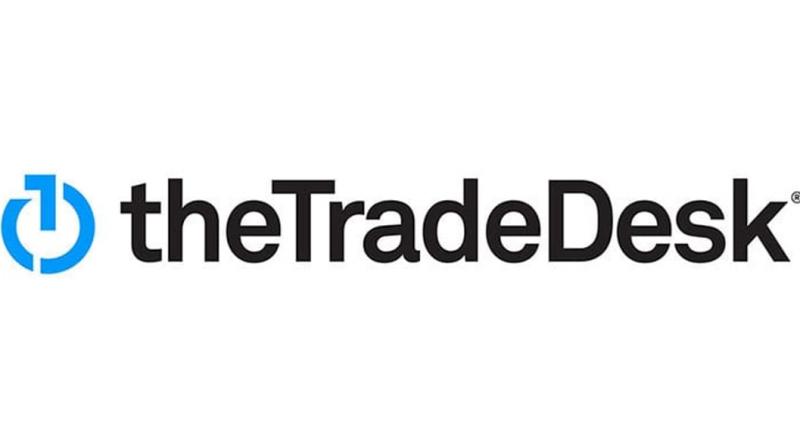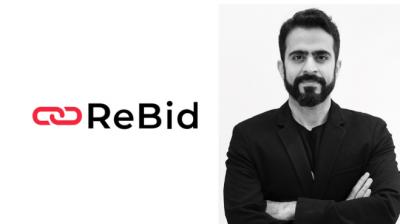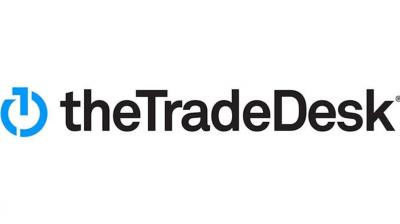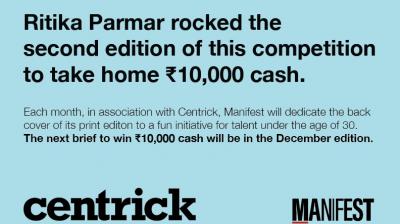If digital advertising once felt like guesswork, Tejinder Gill, managing director, The Trade Desk, made it clear that those days are now over at the company’s first-ever programmatic masterclass in Mumbai: those days are over.
Gill was accompanied by Ranjan Mishra, senior director, client services, The Trade Desk.
The duo broke down how programmatic technology is reshaping how brands plan, buy, and measure digital campaigns, replacing ambiguity and overspending with data-driven precision and accountability.
The session opened with a simple question that cut to the heart of inefficiency in digital media: why do brands pay premium prices for ad inventory during high-demand windows, while the same slots sell for a fraction of the price later?
Gill explained that the answer lies in understanding real-time bidding and the programmatic infrastructure that powers it, the system that ensures every marketing rupee works harder and smarter.
From print to programmatic
Tracing the evolution of digital media, Gill noted how marketing has moved from print and static banners to a hyper-connected ecosystem spanning OTT, podcasts, music streaming, and digital out-of-home. “The biggest problem with traditional out-of-home was measurability,” he said. “You didn’t know who saw your ad. With connected screens, every impression can be tracked, analysed, and optimised.”
Yet despite this evolution, media spending habits haven’t kept up. While 52% of consumer time in India is spent on the open internet reading, streaming, or gaming, only 15% of digital budgets flow there. The rest remains locked inside the 'walled gardens' of Google, Meta, and Amazon.
“It’s a huge imbalance,” Gill said. “But it won’t last. Programmatic-first is the new mobile-first. In five years, every channel from CTV to Spotify to digital OOH will be traded programmatically.”
Demystifying the programmatic models
To ground the discussion, the speakers decoded the three key models of programmatic buying: Programmatic Guaranteed (PG), Private Marketplace (PMP), and Open Auction.
PG replicates traditional media buying online, offering fixed prices and guaranteed impressions.
PMP introduces more flexibility and control, letting marketers buy select premium inventory in private deals. But the real transformation, Gill said, happens in open auctions where impressions are bought dynamically in real time, based on context, audience, and price.
“Think of it like a supermarket,” Gill said, simplifying it.
“Earlier, brands sprayed and prayed; whoever walked in saw the marketer's ad. Now, you get to pick your apples. You choose what to buy and what to pay for. You’re not wasting money on everything, only on what matters.”
India, they noted, is in the middle of that transition. Where 95% of digital buys once happened through guaranteed deals, the balance is now roughly 50:50 between PG and the more dynamic PMP/open auction models. Globally, PG accounts for just 10–20%. “Even if open auctions cost more upfront,” Gill added, “they deliver 10 times the efficiency.”
The stock exchange of advertising
From there, the conversation zoomed out to the ecosystem that connects brands, data, and publishers. Advertisers like Unilever work through global agencies such as WPP or IPG. Data Management Platforms (DMPs) store audience insights. Publishers from Disney+ Hotstar to Spotify — host the content where audiences actually spend time. Sitting in between are Supply-Side Platforms (SSPs), which help publishers sell inventory, and Demand-Side Platforms (DSPs) like The Trade Desk’s, which enable buyers to bid intelligently.
To drive home the challenge of walled gardens, Mishra used an analogy that struck a chord with the audience. “Imagine you move to a new city and hire a broker to help you rent an apartment,” he said. “He shows you five options, all owned by him. You assume that’s all that’s available. That’s how Google, Meta, and Amazon operate. They profit from their own inventory while keeping you inside their walls.”
“This middle layer is like a stock exchange,” Gill explained. “Ad impressions are bought and sold in milliseconds. But when you operate inside walled gardens like Google or Meta, you’re playing a game where the broker, the street, and the apartment all belong to the same owner. You will only ever see the homes they want to show you.”
That’s where The Trade Desk positions itself differently.
“We don’t own any inventory,” Gill said. “Whether Spotify, Zee5, or Truecaller wins the bid, we don’t care. We care about efficiency and fairness.”
The company’s role, he explained, is to build bridges across fragmented publishers, enabling marketers to reach the same audience across multiple platforms with full transparency on pricing and performance.
Precision over repetition
To bring programmatic to life, Gill shared a simple example of a consumer named ‘Sara’. “McDonald’s wants to reach Sara,” he said. “She’s watching on JioCinema, listening on Spotify, and browsing food blogs. Without programmatic, she will see 30 ads for the same burger. But with a DSP, the system understands her digital footprint, and maybe it decides eight exposures are enough. The result? The same five-lakh-rupee budget now converts better because every impression is intentional.”
That efficiency, he added, is what India’s advertising ecosystem desperately needs. “It’s still a low-CPM, inventory-heavy market, too reliant on social and private deals. Reach is cheap, but quality and brand safety suffer. When half of consumer time is on the open internet and only 15% of budgets go there, the opportunity gap is massive.”
Breaking old habits
The conversation also tackled ad fatigue, agency biases, and legacy pricing systems. “People don’t hate ads,” Gill said. “They hate irrelevant ones. When relevance drives delivery, it’s not intrusion, it’s value.” As for agencies’ bulk deals with big platforms, Gill’s take was pragmatic: “Keep your discounts, but let real-time demand decide value. That’s what programmatic truly means.”
Looking ahead, Gill spotlighted three engines of India’s digital growth: Connected TV, retail media, and omnichannel strategies. With over 40 million connected TV households, the largest screen in the home is now digital-first. Retail media, through partners like Zepto and Swiggy, is making it possible to link ad exposure directly to purchase. And omnichannel reach ensures consumers see fewer but more relevant ads across their daily journeys.
Gill closed with a reminder that programmatic isn’t just a technology, it’s a mindset. “It’s not about doing more; it’s about doing smarter,” he said. “Without sustainable ad funding, quality journalism is at risk. Programmatic helps keep that ecosystem healthy.”












